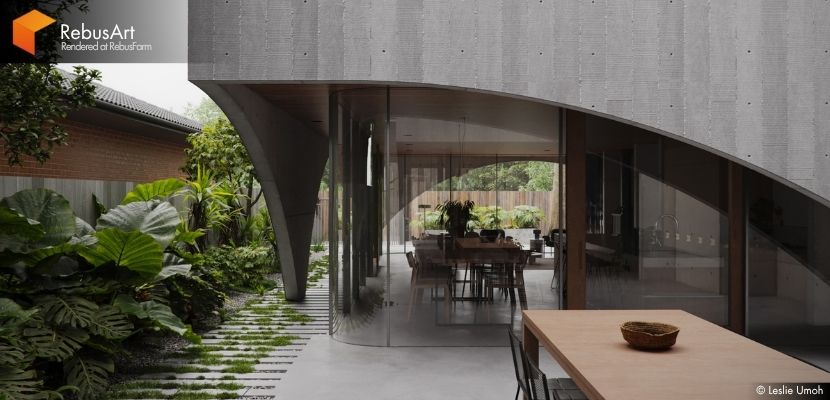
Welcome to our latest RebusArt Feature, showcasing the talented Leslie Umoh, a 3D artist and architectural designer based in Nigeria. With a deep-rooted passion for visual storytelling and a sharp eye for mood and composition, Leslie transforms real-world architecture into emotionally resonant, photorealistic imagery. From his early inspirations to his latest personal project, "Hawthorn House", join us as we delve into his artistic evolution, creative workflow, and the challenges and triumphs that have shaped his journey in the world of architectural visualization.
Introduction.
Please share a bit about yourself and your background as a 3D artist. Was there a particular moment, artwork, or artist that inspired you to dive into 3D art?
Hello, I’m Leslie, a 3D artist based in Nigeria. My love for 3D started in childhood, but I didn’t fully dive into it until my third year in architecture school, around 2019, during my industrial training. That was when I got exposed to architectural visualization for the first time.
At the time, it felt more like a hobby. I didn’t see myself going full-time into ArchViz yet. I still lacked proper exposure to the industry and what was possible. But the following year, during the pandemic, everything changed. That period became a turning point where I really started going down the ArchViz rabbit hole.
Some of the artists who inspired me early on were Adeolu Oba-Adeuga (the mind behind Render Like a Pro), Lanre Alao, and Bayo Adekola. I still remember how mind-blown I was seeing their work; it made me want to push myself and hopefully get to their level someday (still working on that, haha).
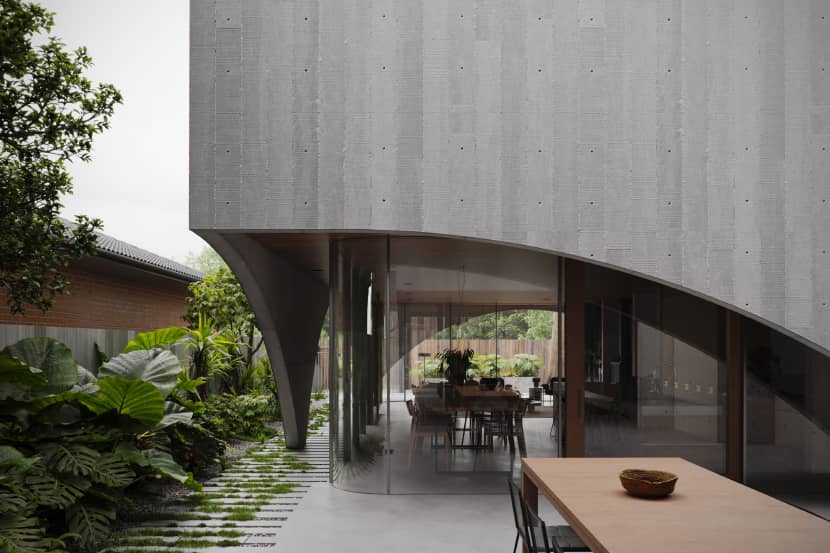
The Artist Behind the Scenes.
Could you describe your typical creative process when starting a new project, from ideation to completion?
Firstly, I do a lot of research gathering references for the lighting, mood, and even camera angles I want to achieve. I see every project as an opportunity to learn, so I always try to incorporate something new I’ve never done before.
My go-to sources for inspiration are Houzz, Behance, ArchDaily, and The Local Project. I still use Pinterest sometimes, but not as much these days because of how saturated it’s become with AI-generated content.
What's the one tool or technique you couldn't live without?
I use Corona Renderer as my primary render engine, and one function I absolutely love is the Color Correct operation. It’s a really powerful tool, and I use it a lot when fine-tuning my materials.
Another technique I rely on is creating my materials under an overcast lighting setup. This helps me see them as they really are without dramatic lighting before I start setting up other moods.
And of course, post-production in Photoshop is a big part of my process. It doesn’t have to be overly complicated. I always like to keep things as simple and clean as possible.
How do you stay creatively inspired when working on long or challenging projects? Are there specific rituals or habits you follow to get into a creative mindset?
Short answer: music.
Long and challenging projects can definitely be draining, but I’ve realized how happy it makes me when I have a “Eureka” moment while working. That feeling always reminds me why I welcome challenges; they’re a great opportunity to grow.
Whenever I hit a roadblock, I usually step back for a while. Sometimes, simply taking a nap and coming back with fresh eyes is all I need. Other times, I reach out and rub minds with friends and colleagues in the industry; it really helps to get a different perspective.
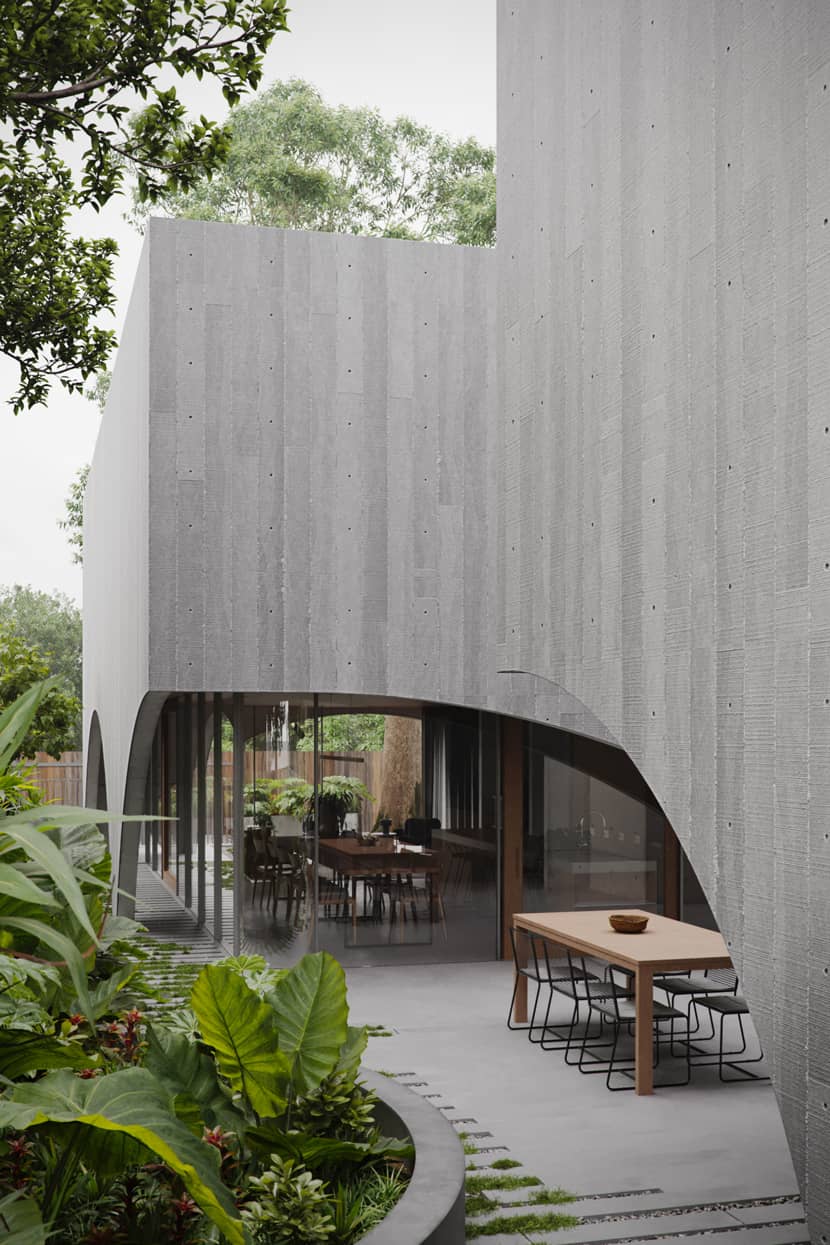
What are the biggest lessons you've learned about managing deadlines and staying efficient?
Deadlines can be tough, especially when trying to manage multiple projects at the same time. One thing I’ve found really helpful is factoring in contingencies when setting my timeline.
I also like to break each project into smaller tasks, a sort of little checklist. I tried using Notion for this at one point, but that was short-lived… I quickly went back to good old pen and paper, haha.
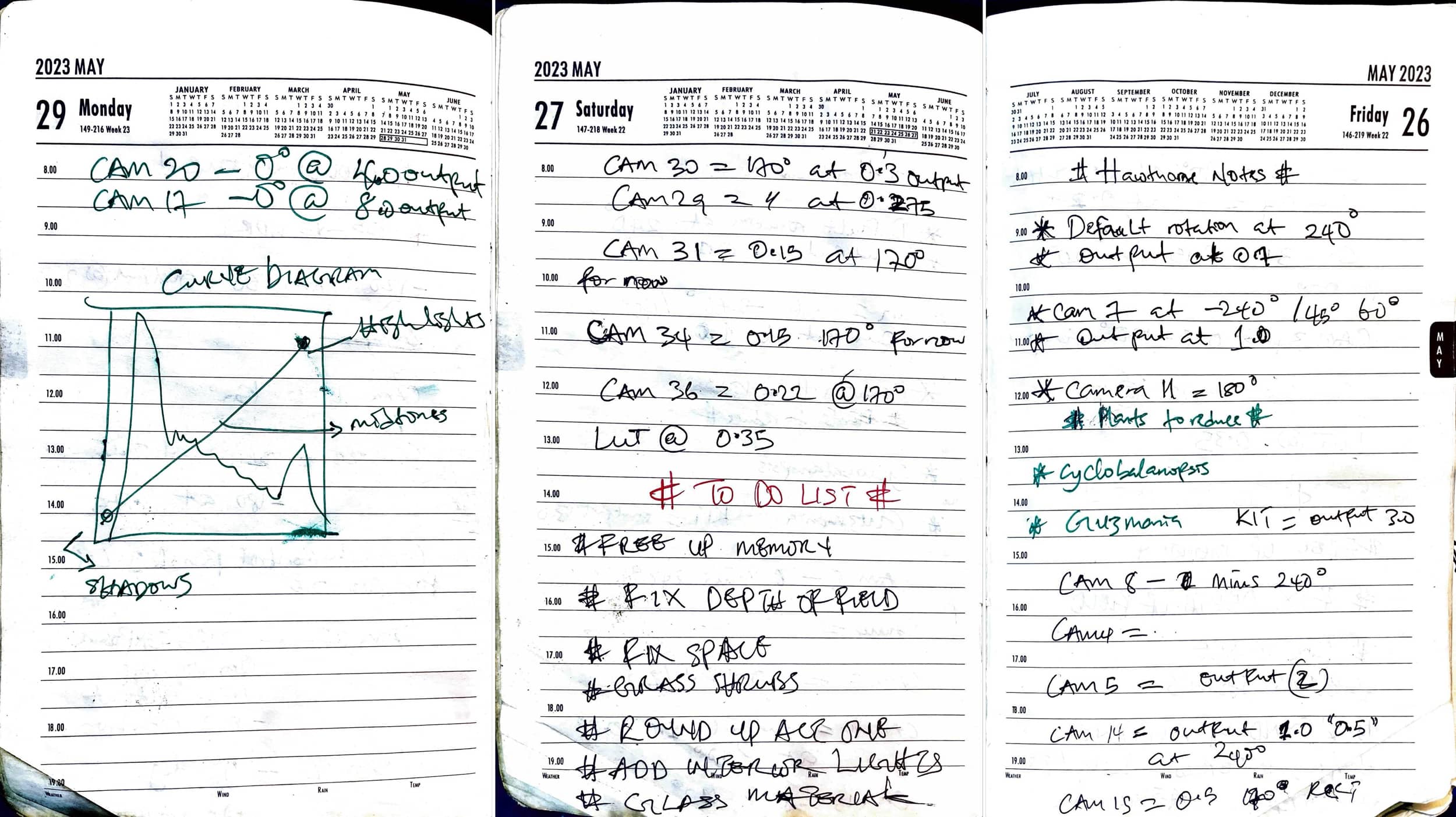
I also block out time each day to focus on specific tasks, making sure I’m steadily moving towards completion throughout the duration of the project.
Project Spotlight.
Let's delve into your project "Hawthorne House". What was the inspiration behind it, and what were the main challenges you encountered during its development?
The inspiration behind Hawthorn House came from my desire to get better at my craft. I had started this personal challenge where I pick a real-life project and try to recreate it in 3D. Hawthorn House was my second attempt. I remember going through ArchDaily, looking for residential projects I could replicate, and this one immediately caught my eye. The way the architects fused concrete, steel, and wood to create a piece of art really stood out to me. The lush vegetation was also hard to ignore.
One of the major challenges I faced was scene management. At the time, I only had 40GB of RAM, and Hawthorn was easily the most ambitious project I had ever attempted. I did not want to compromise on quality, so I had to get creative. I relied heavily on proxies, split the ground floor and first-floor interior shots into separate files to save memory, and turned off displacement for materials where it was not necessary.
Another issue came up with the facade. I noticed a strange line running across the geometry. After some troubleshooting, I traced the problem back to the displacement map. The fix was to subdivide the geometry and add a chamfer. It worked out well in the end.
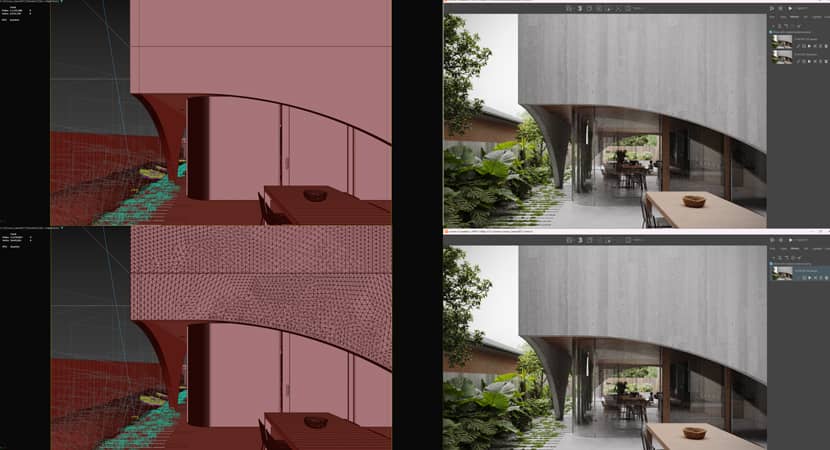
Managing all the different lighting scenarios for each camera angle was another big task. I had about 39 cameras initially, though I ended up choosing 24 final shots. To stay organized, I jotted down the HDRI settings for each camera manually with a pen in my notebook. I am sure there was a more efficient way to handle that, but this was the best solution I had at the time.
Overall, I really loved working on Hawthorn. The icing on the cake was when the project got featured in Behance’s ArchViz category. It was my second feature within a year and felt like a nice reward for the effort I put in. I am already looking forward to my next personal project whenever I can make the time.
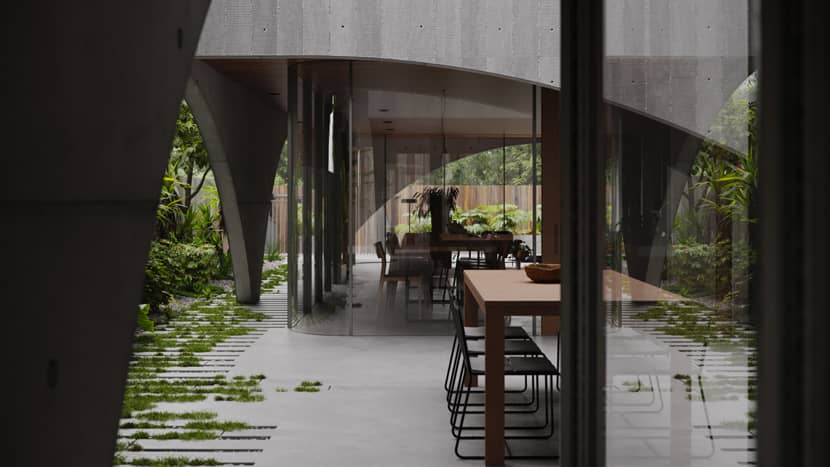
What software, renderer and plugins did you use for this project?
SketchUp for massing, 3ds Max to complete the modeling, Corona for rendering, and Photoshop for post-production.
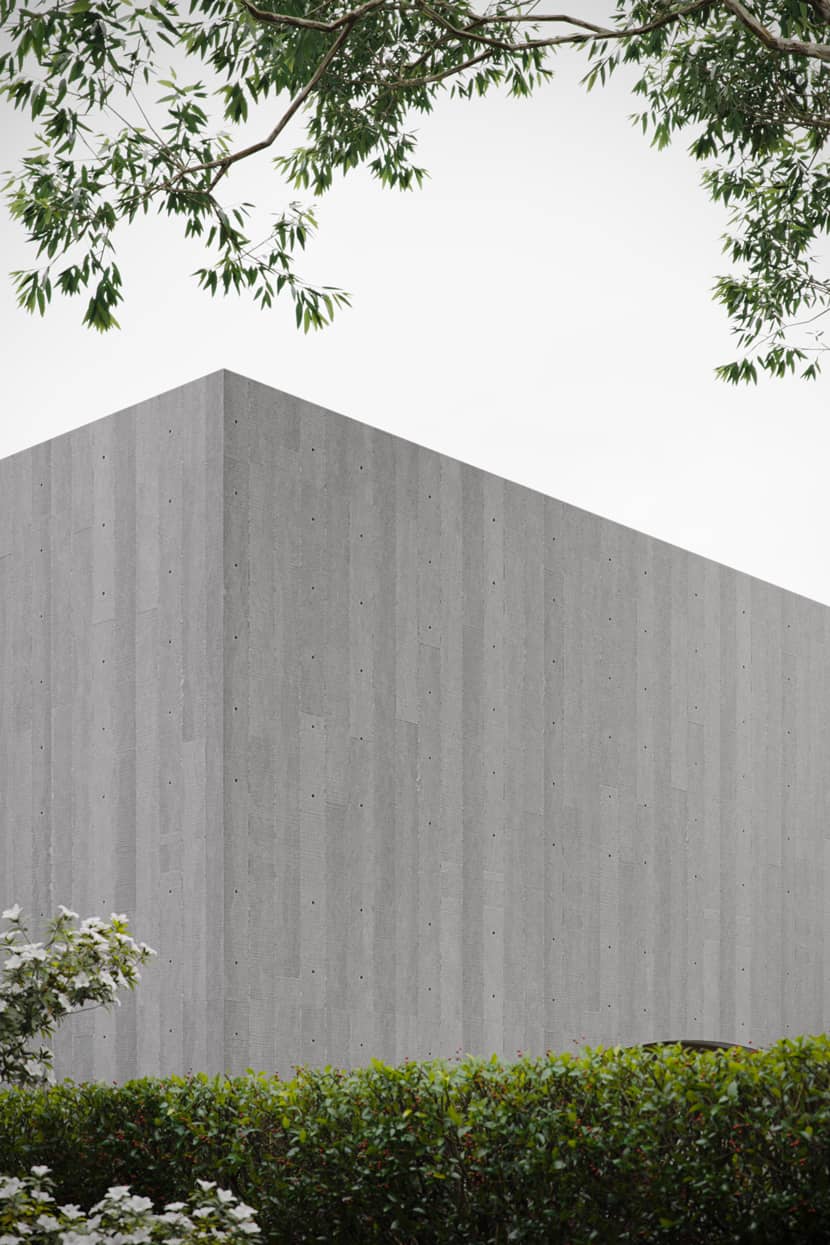
Can you provide some step-by-step breakdowns of the project?
Firstly, I gathered references, including the floor plan JPEGs from the ArchDaily blog.
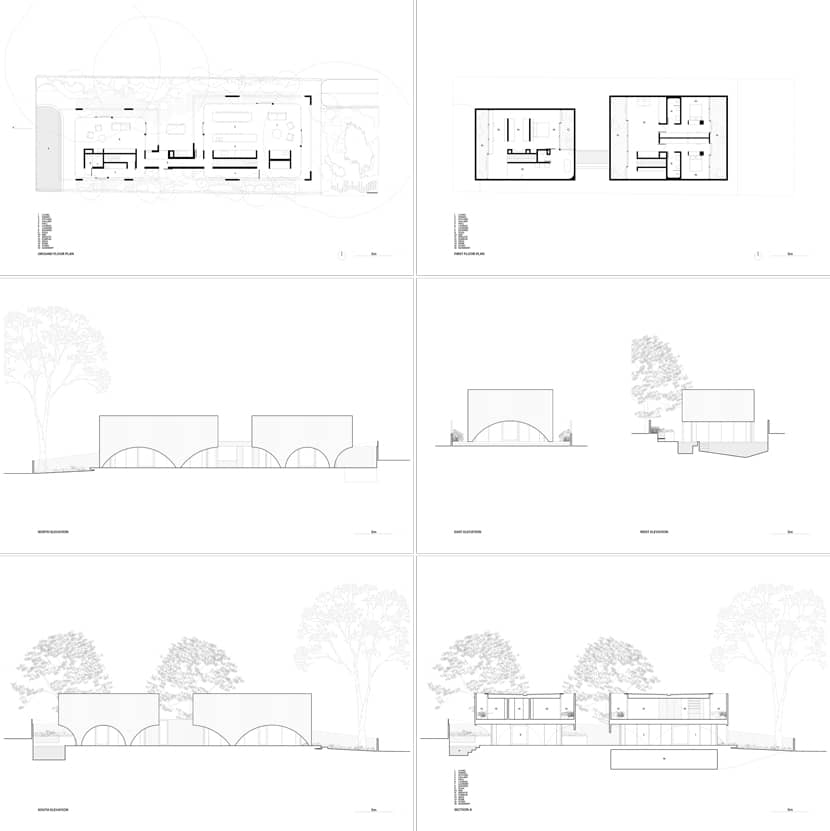
I started with basic massing based on the floor plans, then moved on to modeling key elements like the concrete frame, doors, windows, some of the plant vases, and lighting fixtures.
Next, I created most of the important cameras, using the real-life photos as a guide for framing. After that, I set up a simple overcast lighting environment to start building my materials and get a better feel for the space.
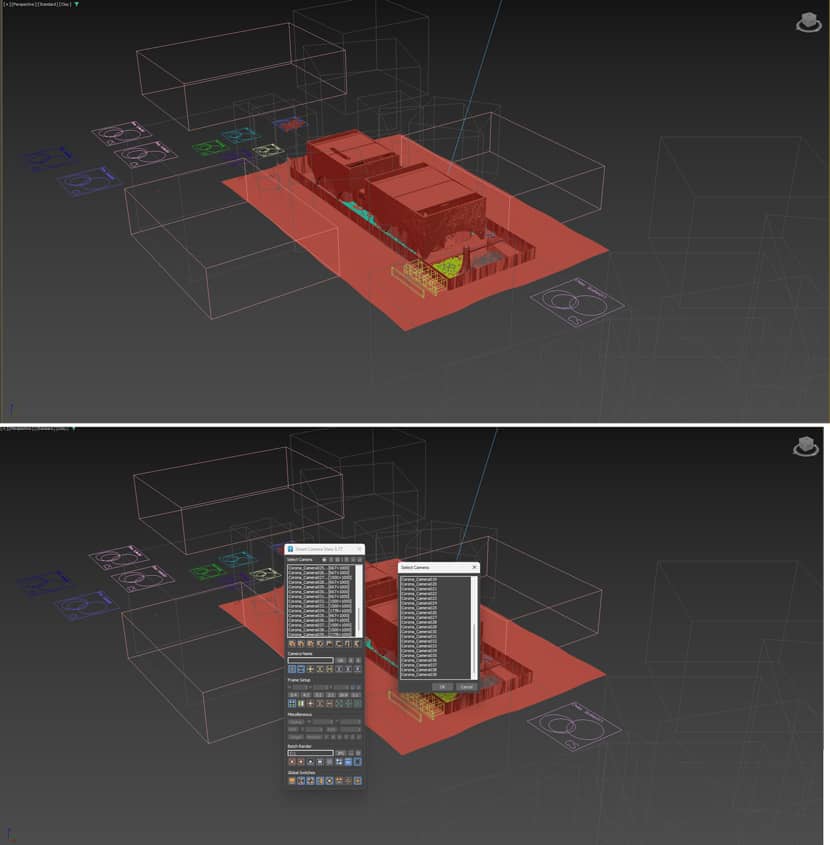
For materials, I kept the setup pretty straightforward. Nothing over the top, just the usual diffuse, ambient occlusion, normal, roughness, and displacement maps. I also made heavy use of color correction, especially on my plants. I hardly ever use plants straight out of the box. I added a lot of subdivisions where necessary to help with displacement quality.
For the cameras, I used a mix of portrait and landscape shots depending on the scene. My lenses ranged from a wide-angle 25mm to a narrower 60mm, just to get the right mood and framing for each shot.
Post-production was done in Photoshop. I mostly played around with the Camera Raw parameters for color grading and final tweaks. I like to do as much as possible in 3D, so there is very little left to do in post.
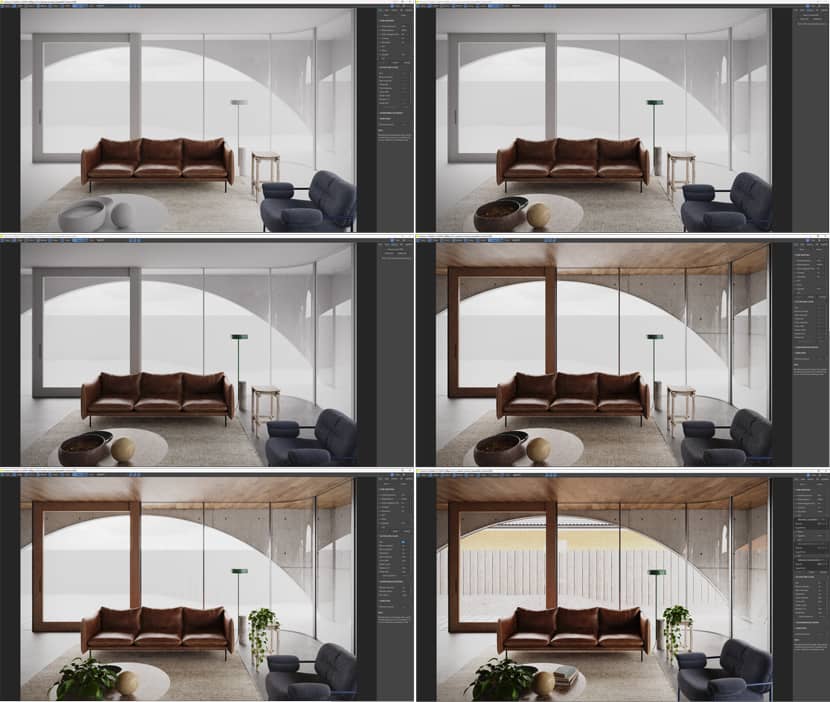
Closing.
Looking back at your journey as a 3D artist, what do you consider to be your most significant milestone or achievement thus far, and why?
To be honest, my most significant milestone so far has been getting featured in the ArchViz category on Behance. It was something I always wanted because, in my mind, being featured meant you had to be one of the best of the best.
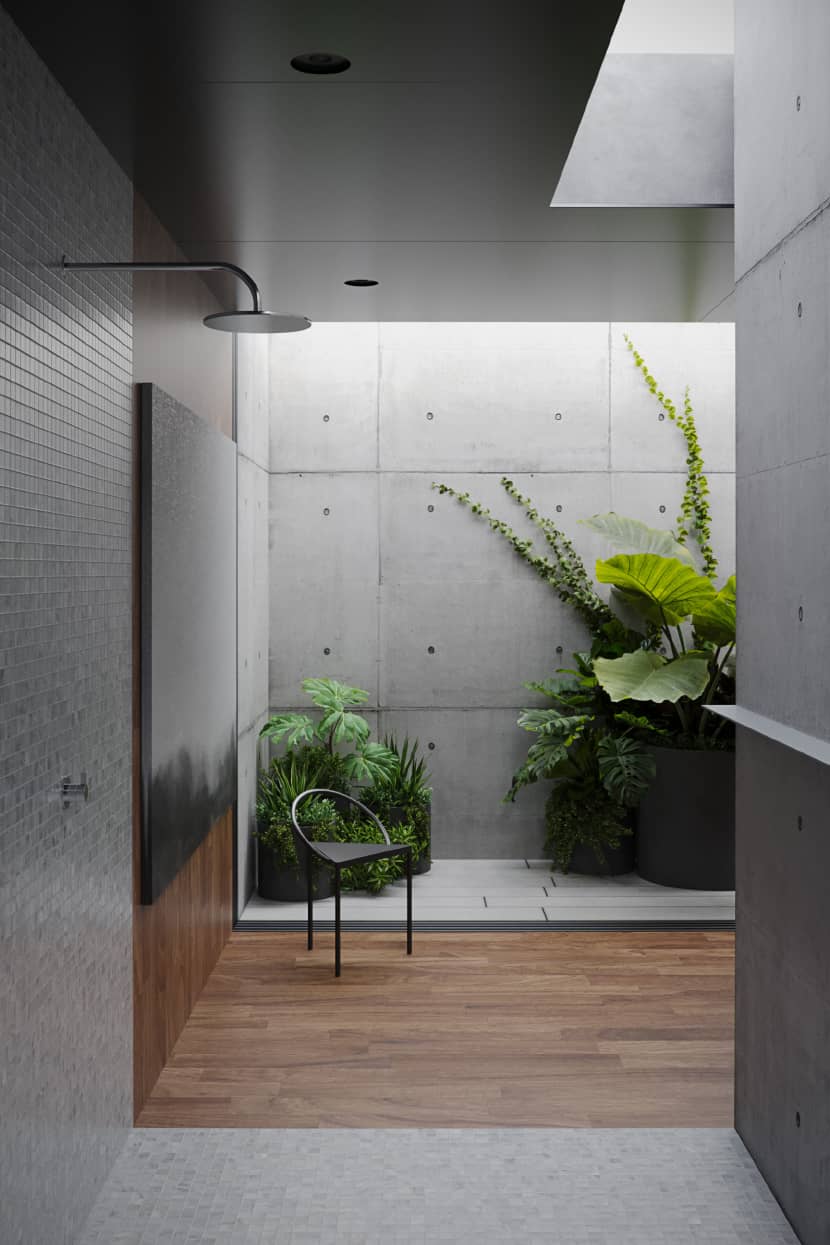
I am not saying I am there yet, but having two of my projects featured in ArchViz and even getting featured in the Photoshop category twice showed me that I am on the right path.
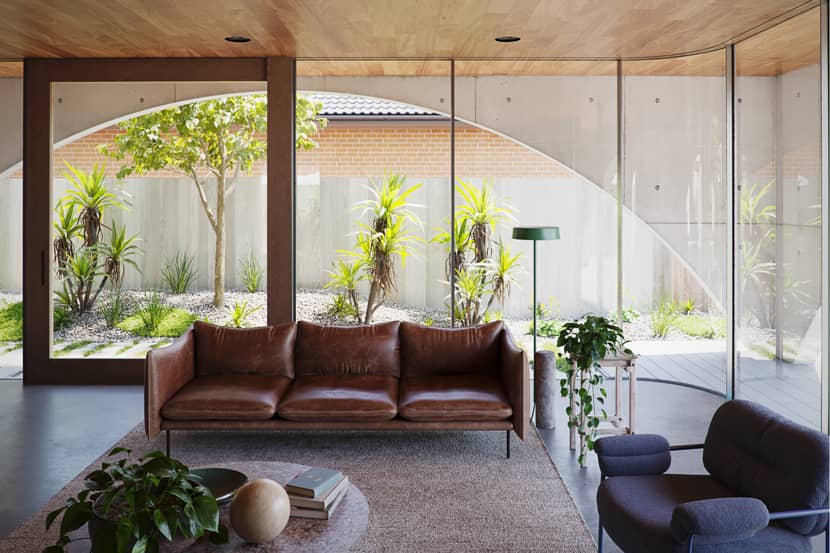
Another thing I am really proud of is being able to interact with some of the artists I admired at the start of my journey. Connecting with them in one way or another has been both humbling and motivating, and I am genuinely grateful for that.

Are there any new art movements, developments, or industries (e.g. AI, gaming, film, virtual reality) that you're excited to explore further?
I am currently keeping an eye on AI advancements and even looking for ways to incorporate some of the tools into my workflow where it makes sense.
I would also like to get into real-time rendering soon. I just need to decide on which software to focus on and learn properly.
In the distant future, I would love to explore the entertainment industry. I have always loved gaming, but I think film would suit me better in terms of the kind of storytelling and visuals I want to create.
What advice would you give to aspiring 3D artists who are just starting their careers or looking to take their skills to the next level?
One thing I would say is to be patient, be consistent, and always stay ready to learn. Put yourself out there, join communities, and interact with fellow artists as much as you can.
Consume good renderings and photography to train your eye. Work with intent and always try to understand why something looks good.
Look after your health, stay humble, and just keep going.
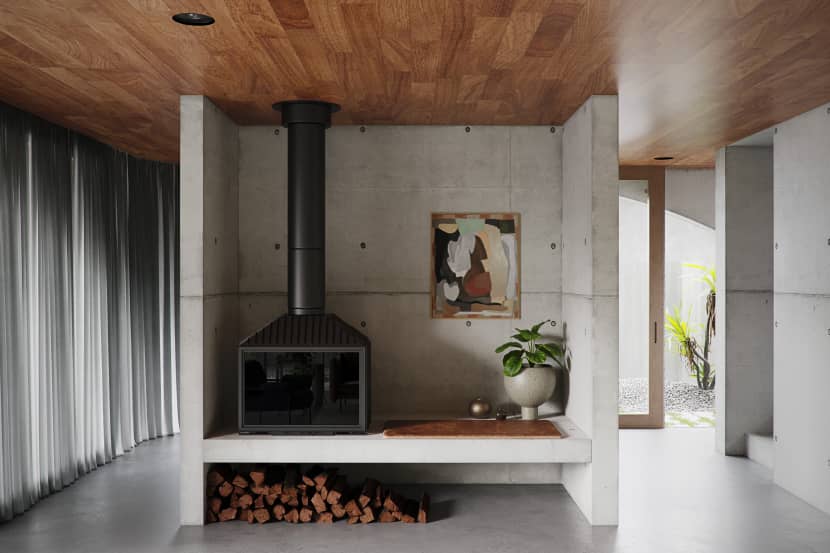
Finally, what's next on your artistic horizon? Are there any exciting projects or goals you're eager to pursue soon?
For now, I hope to attempt something even bigger than Hawthorn. As for the rest, I honestly cannot say... I do not want to jinx it, haha.
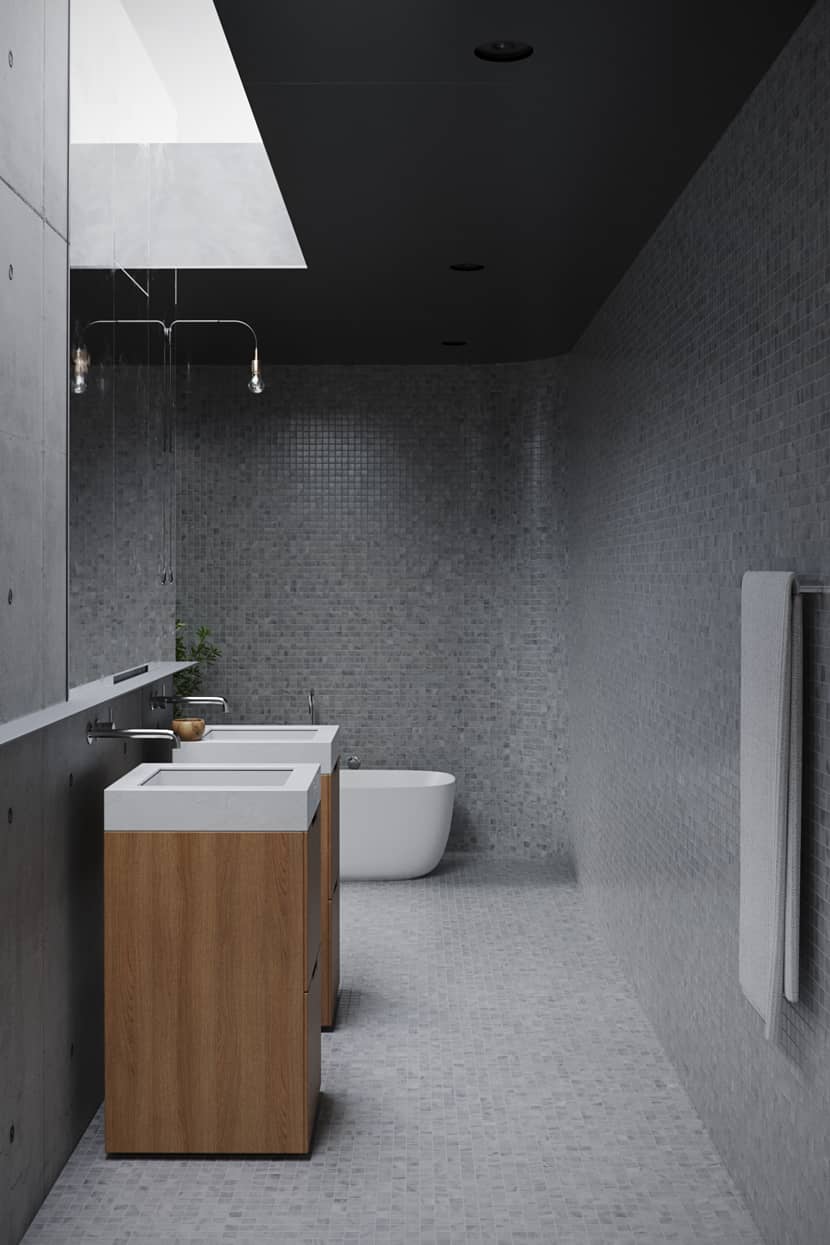
Thank you for sharing your insights and expertise with us!
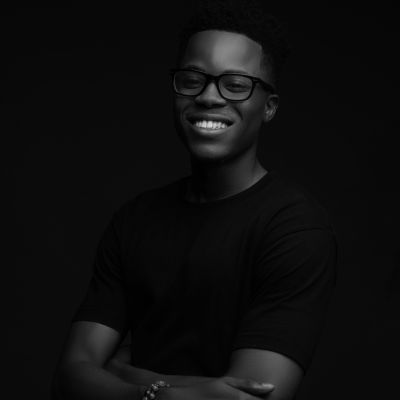
About the artist
Leslie Umoh is a 3D artist based in Nigeria with a background in architecture. He specializes in architectural visualization and enjoys creating images that capture mood and atmosphere. Always eager to push his craft further, Leslie draws creative inspiration from photography, real-world spaces, and a passion for continuous learning and growth.
